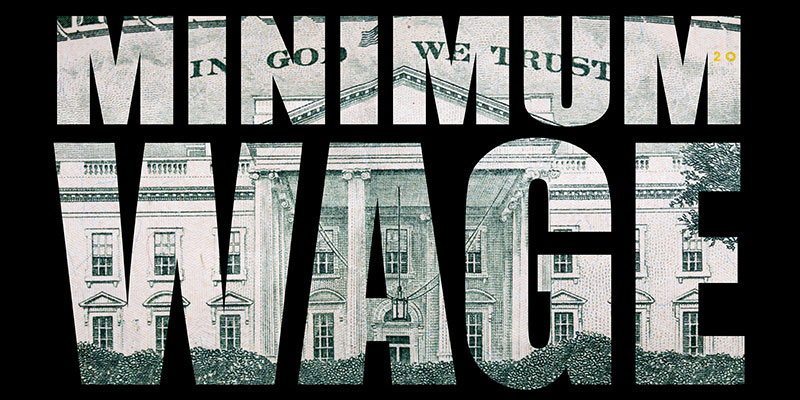
In this article, the following points are discussed in detail:
The H1B visa allows a non-immigrant worker to pursue work and live in the United States. The H1B visa process is a long and complicated process that involves a lot of documentation and several stages of scrutiny and approval. It is initiated by a US-based employer who files a Labor Condition Application (LCA) with the Department of Labor (DOL) for a job opening that they cannot fulfil from the US workforce. Among other factors that have to be included, the wages being paid hold a significant place in the approval process. The employer will have to prove that wages are either on par or higher than the latest prevailing wage for the position in the location where their business is based. Let's discuss the minimum wage requirements for an H1-B visa in the sections below.
The H1B visa is reserved for US employers to petition for highly qualified foreign talent, holding at least a Bachelor's degree or equivalent, to temporarily live and work in the US in special category job roles called 'specialty occupations.' Job roles in the medical sciences, mathematics, engineering, and technology are the ones that qualify in this category. Usually, the duration of an H-1B visa is an initial validity period of three years, which can be extended up to a six-year maximum.
The petition must be filed with the Citizenship and Immigration Services (USCIS), for which employers need to:
Currently, the new prevailing wage h1b number is close to $60,000, set as the H1B minimum wage. To qualify as an H1B occupation, the employer has to be willing to pay the potential candidate a minimum annual salary of USD 60,000. This holds relevant whether the job is part-time, full-time, or even on an hourly wage basis - the total income of the potential candidate should add up to USD 60,000 as an annual package.
Wage levels and H1B minimum wage requirements are significant factors in the H1B application process. Of course, the applicant's skills, education, and industry experience have to be found eligible for this kind of payment to begin the process itself.
The US Department of Labor and USCIS work together to scrutinize and validate or reject applications for employment-based visas. Their laws and documentation processes aim to eradicate employee abuse and exploitation like cheap labor practices. This is why LCA and all related processes are critical to the working of these two organizations in the H1B approval process.
Before you start reading in detail about the significance of prevailing wage, read to know all about H1B Wage Levels and Prevailing Wages.
The minimum wage, or H1B wage level, represents an average of the wages earned by an employee based on description of the job, seniority, geographic location, minimum educational qualifications, and other factors.
Every employee working on an H1B visa qualifies for the H1B prevailing wage. On average, wage levels, or the H1B wage, depend on three factors: the kind of job being offered, the area of the job, and the activities the role requires - most similar roles are categorized together.
In the list below, we have discussed the H1B wage levels based on the H1B employer's requirements:
Also Read: How do H1B Taxes Work for H1B Visa Holders?
DOL h1b prevailing wages and H1B Wage Levels are critical to protecting non-immigrant workers and US employees from being exploited and/or abused by employers. In the absence of these mandates, employers could look to fulfill their roles with cheap labor without any restrictions. With the levels in place, every H1B employer is required by law to pay their H1B employees on par with US employees who work in the same position and working environment.
Given below are the six most important factors that authorities consider for prevailing wage:
The Labor Condition Application is one of the first forms that the H1B employer must file with the Department of Labor to initiate the H1B filing process. Without an LCA, the employer cannot file the I-129 petition for the H1B visa.
As a first step to getting the LCA, your employer must start the application with an ETA 9035 at the DOL. As an important note, an employer can file once for an LCA while considering several H1B applicants, as long as they are being considered for the same position.
The H1B prevailing wage determination is an important step in the H1B visa process. Like the LCA, it has a small but crucial role to play. Since you cannot get more than one shot at the H1B lottery in a year, you must get your petition, LCA, and allied documentation perfect the first time around, so that you can forego the hassle of re-application due to rejection.
As a great first step in the H1B process, check TechFetch H1B to get the right information on H1B visa processes and passport-related queries.
**Disclaimer: H1B rules and regulations keep changing from time to time. For updated information, always refer to the USCIS official website.